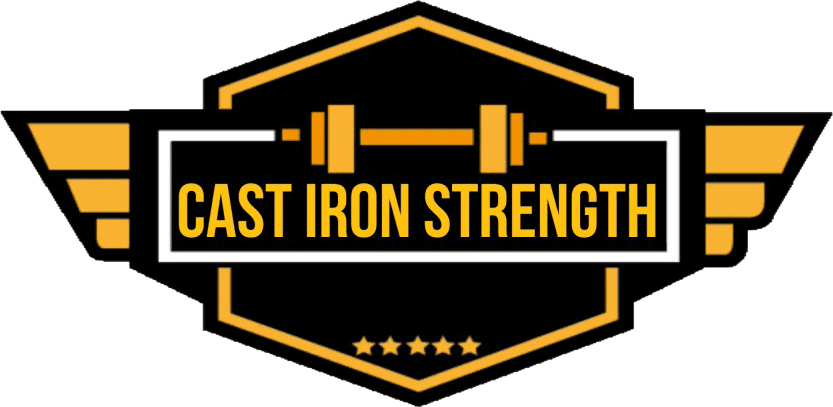Attention deficit hyperactivity disorder (ADHD) is a problem with inattentiveness, over-activity, impulsivity, or a combination.- US Library of Medicine (2011).
If you look at the sports that have pushed exercises often used in the gym to the highest level (namely – powerlifting, weightlfiting, throwing and athletics) you will see a common thread. The exercises or events they are best at are the one’s that stay in their training programme year round.
Let us say for the sake of illustration that you have decided for the sport you are coaching the following exercises develop the physical qualities you are looking for the best.
Based of these decisions you now decide to keep these exercises in the programme for the entirety of the annual cycle providing your perodisation through periods of determined volume load, periods of daily maximal training and tapering appropriately for competition. What will you be left with?
Athletes who have had a year’s worth of training to maximize their performance in a battery of exercises that you have previously decided best developed the physical attributes you considered desirable. An athlete who in all likely hood has improved their personal bests by quite some way in all of the above exercises.
Again for illustration let us look at a an approach that introduces variation.
If each block last for 4 weeks then this represents 16 weeks of training. During this time the athlete using this approach will be using exercises that commonly develop the physical traits that we desire however their is one crucial difference. Motor Pattern/Skill Learning effectively all this approach really does is give the athlete a new skill to learn every 4 weeks, they never really get a chance to hone the skill and as such never really get to the stage where they are really challenging their physical capabilities.
An exercise like the clean provides a great example of this concept. Epidemiological data gathered from weightlifters shows that their training has given them adaptations that are very desirable for a great many sports. Whilst doing cleans/snatches and heavy squats may indeed develop the physical attributes you desire for your athletes. This simple view negates the large amounts of time spent by these athletes to mastering these skills which has helped them to develop their strength and power to such extreme levels.
Again with these observations in mind a good and confident coach might produce what some people might consider a “basic” programme and keep it pretty similar for a long time. Whilst it might lack in the “pizazz” that a constantly changing and novel approach might convey it will better develop the required physical qualities as it will remove the biggest obstacle to getting stronger – skill learning.
Counter arguments might be levied at the lack of “physical literacy” offered by such an approach but this view lacks substance. The best kind of “physical literacy” that anyone can hope to obtain is sports specific training, strength and conditioning is about developing physical traits to higher levels than the sport alone can obtain this idea does not transfer into sports specific skill learning anywhere near as successfully.
Conclusion
Sports specific training programmes should have the end goal of making the athlete as well developed in the physical traits you consider important for their sport as time and resources allow.
The best way to develop these traits is to allow the athlete to master the “skills” asked of them be it Olympic lifting or jump training.
Only through prolonged exposure to the skill demands and training stresses provided by an intervention can an athele truly master it and reap the physical rewards.
Marc.



